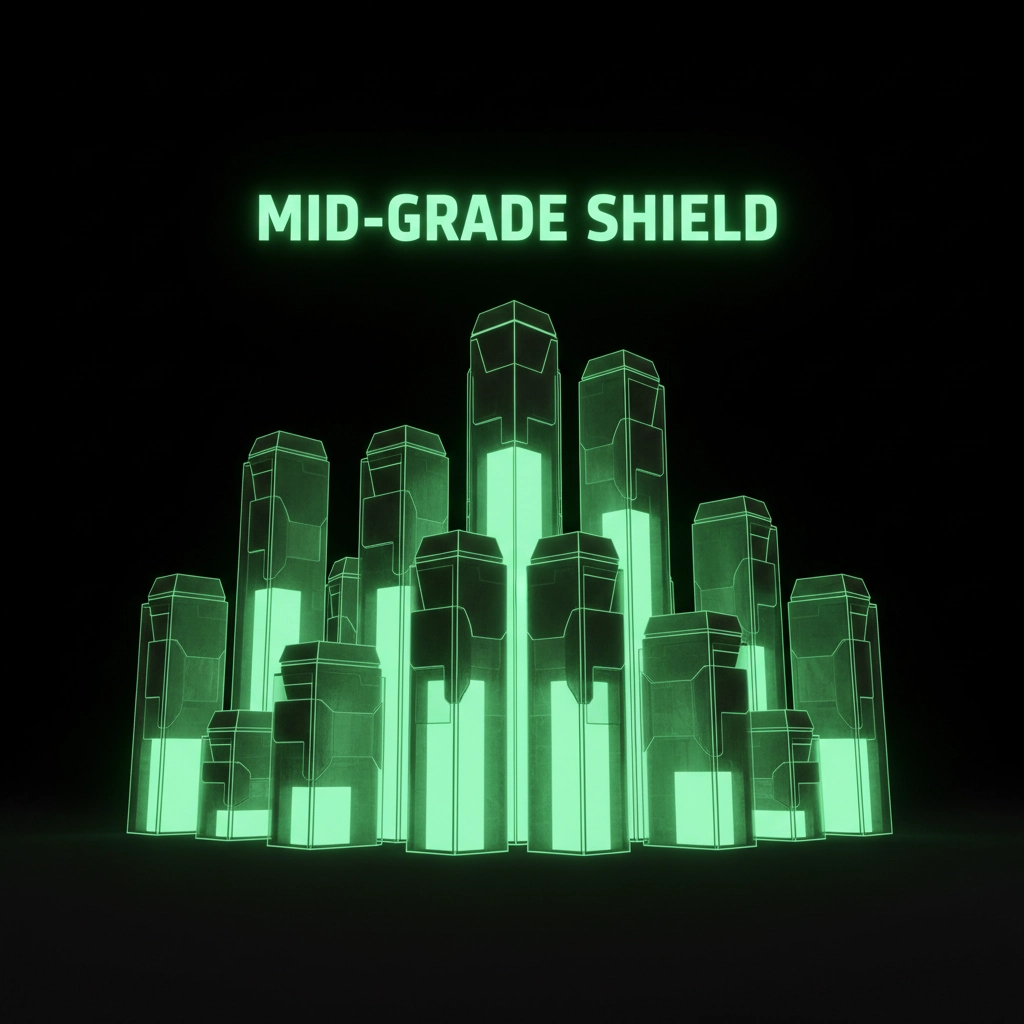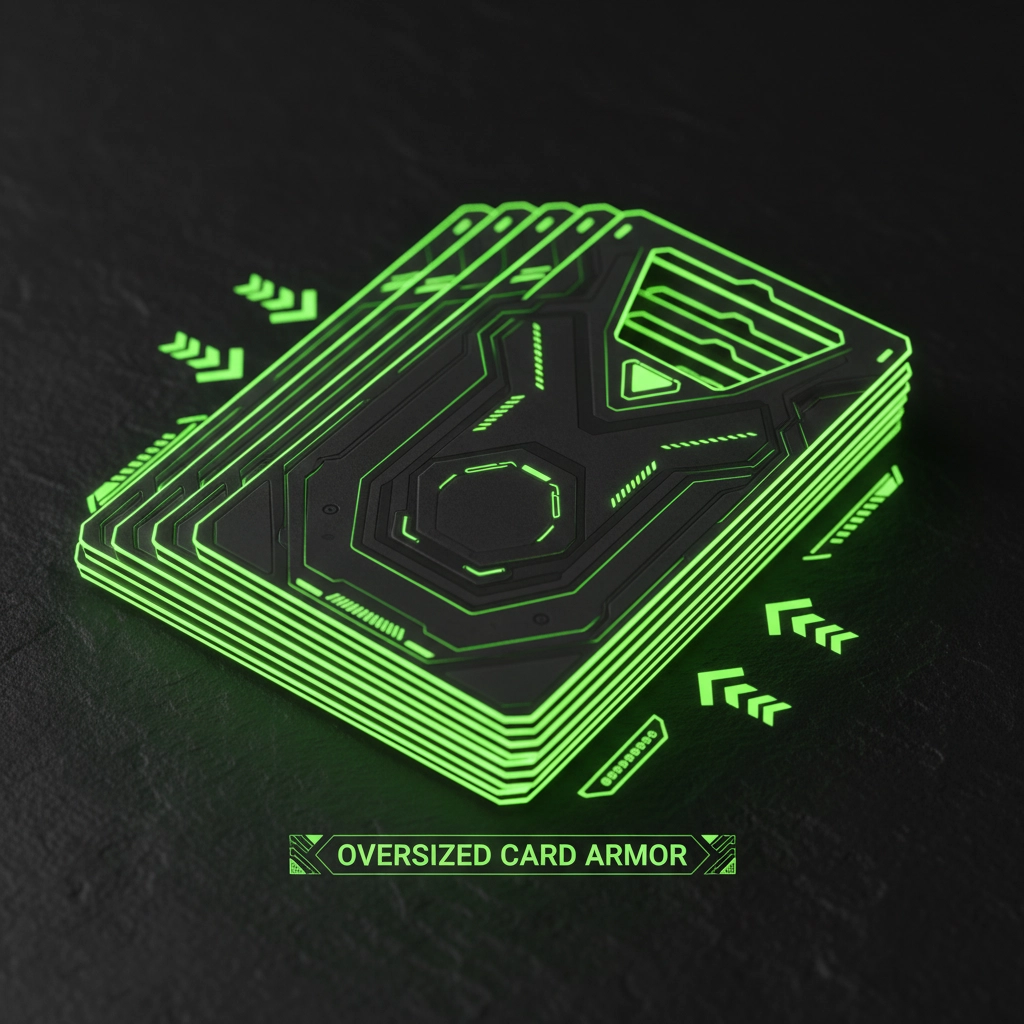Stop Wasting Money on Wrong Protection: 7 Types of Card Sleeves Every Collector Must Know
- Dr. Mardis

- Oct 20
- 4 min read
Most collectors use wrong sleeves. Cards get damaged. Money gets wasted.
Seven sleeve types exist. Each serves different purposes. Using wrong type costs money and ruins cards.
Penny Sleeves
Basic plastic protection. Cost approximately one cent per sleeve. Measure 2.5 by 3.5 inches for standard cards.
Made from thin clear plastic. Provide minimal protection against dust and scratches. Extremely soft and flexible material prevents damage during insertion.

When to use: Bulk storage. Low-value cards. Budget builds.
When not to use: Valuable cards. Long-term storage without additional protection.
Penny sleeves fit in binders. Work for collections under $5 per card. Dust penetrates over time. Feel flimsy. Break easily with rough handling.
Most cost-effective option available. No other sleeve beats penny sleeve pricing.
Perfect Fit Sleeves
Tight footprint around cards. Minimal space between card and sleeve walls. Thicker plastic than penny sleeves.
Snug fit prevents card movement inside sleeve. Borders can get damaged during insertion with certain foil types. Requires careful handling.
Primary use: Double sleeving bottom layer.
Method: Insert card upside down into perfect fit sleeve. Then insert entire package right-side up into penny sleeve or standard sleeve.
Perfect fit sleeves cost more than penny sleeves. Provide better protection when used correctly. Harder to remove cards without damage risk.
Standard Sleeves
Thicker and more rigid than penny sleeves or perfect fits. Designed for frequent handling. More durable construction.
Work well as outer layer in double sleeving systems. Maintain structure during shuffling and gameplay. Cost more than basic options.

Best for: Cards handled regularly. Gaming use. Double sleeving systems.
Standard sleeves prevent wear from repeated use. Maintain card condition during active handling. Too thick for some storage solutions.
Top Loaders
Hard plastic cases. Completely rigid construction. Prevent all bending and flexing.
Essential for valuable card storage and shipping. Keep cards perfectly flat. Allow standing display.
Use for: High-value cards only. Shipping protection. Display purposes.
Top loaders cost significantly more per unit. Take up more storage space. Provide maximum protection available.
Cards slide in from top opening. Remove carefully to prevent damage. Some collectors never remove cards once inserted.
Most expensive option per card. Only justified for valuable pieces.
Semi-Rigid Sleeves
Middle ground between soft sleeves and top loaders. More structural support than penny sleeves. Less bulk than top loaders.
Maintain shape better than flexible options. Cost less than top loaders. Thinner profile for storage.

Purpose: Mid-range cards. Box storage. Cards needing structure without top loader bulk.
Semi-rigid sleeves work for $10-50 cards. Provide shape retention without premium pricing. Fit in most storage boxes.
Less protection than top loaders. More protection than soft sleeves. Price reflects middle position.
Easy Glide Sleeves
Feature notched corner design. Simplify card insertion and removal. Reduce handling damage risk.
Made from durable materials. Cost more than basic penny sleeves. Designed for frequent access.
Ideal for: Cards submitted for grading. Frequently handled valuable cards. Collectors who move cards often.
Notched corners prevent binding during insertion. Smooth removal reduces edge damage. Worthwhile for cards requiring regular access.
Premium pricing reflects specialized design. Only necessary for cards handled frequently.
Thick Card Sleeves
Accommodate cards with patches, autographs, or special thickness. Standard sleeves cannot fit thick cards properly.
Wider openings prevent forced insertion. More durable plastic construction. Designed specifically for oversized card thickness.

Required for: Patch cards. Autographed cards. Any card too thick for standard sleeves.
Using regular sleeves on thick cards damages them. Forced insertion bends cards. Thick card sleeves prevent this damage.
Cost more than standard options. Only purchase when actually needed. Regular cards do not require thick sleeves.
Selection Strategy
Match sleeve to card value and usage. Simple formula exists.
Under $5: Penny sleeves only.
$5-20: Perfect fit plus penny sleeve or standard sleeve.
$20-100: Perfect fit plus standard sleeve or semi-rigid.
Over $100: Perfect fit plus standard sleeve plus top loader.
Frequently handled valuable cards: Easy glide sleeves.
Thick cards: Specialized thick card sleeves only.
Cost Analysis
Penny sleeves: $0.01 per card
Perfect fit sleeves: $0.03 per card
Standard sleeves: $0.05 per card
Semi-rigid sleeves: $0.10 per card
Top loaders: $0.15 per card
Easy glide sleeves: $0.08 per card
Thick card sleeves: $0.12 per card
Total protection cost should not exceed 10% of card value. Higher percentages indicate over-protection.
Brand Considerations
Quality matters. Cheap sleeves crack and tear easily. Cracked sleeves damage cards.
Trusted manufacturers: Armored Cards, Ultra PRO, BCW, Cardboard Gold.
Avoid unknown brands for valuable cards. Quality control issues damage collections. Stick to established manufacturers.

Common Mistakes
Using top loaders for low-value cards wastes money. Using penny sleeves for valuable cards risks damage.
Double sleeving incorrectly provides poor protection. Perfect fit sleeve goes on first, upside down.
Forcing thick cards into regular sleeves damages them. Purchase appropriate thickness sleeve.
Buying premium sleeves for bulk storage wastes money. Match protection to card value.
Storage Integration
Consider storage method when selecting sleeves. Binders require thinner sleeves. Boxes accommodate thicker protection.
Top loaders do not fit standard binder pages. Semi-rigid sleeves may not fit tight binder pockets.
Plan storage system before purchasing sleeves. Mismatched combinations create problems.
Final Assessment
Seven sleeve types serve different purposes. Using appropriate type saves money and protects cards.
Penny sleeves for bulk. Perfect fits for double sleeving. Standards for handling. Top loaders for valuable cards. Semi-rigid for middle tier. Easy glide for frequent access. Thick sleeves for oversized cards.
Wrong choice costs money and damages cards. Right choice protects investment efficiently.
No single sleeve works for all situations. Match protection to card and usage. Simple strategy prevents costly mistakes.
Comments